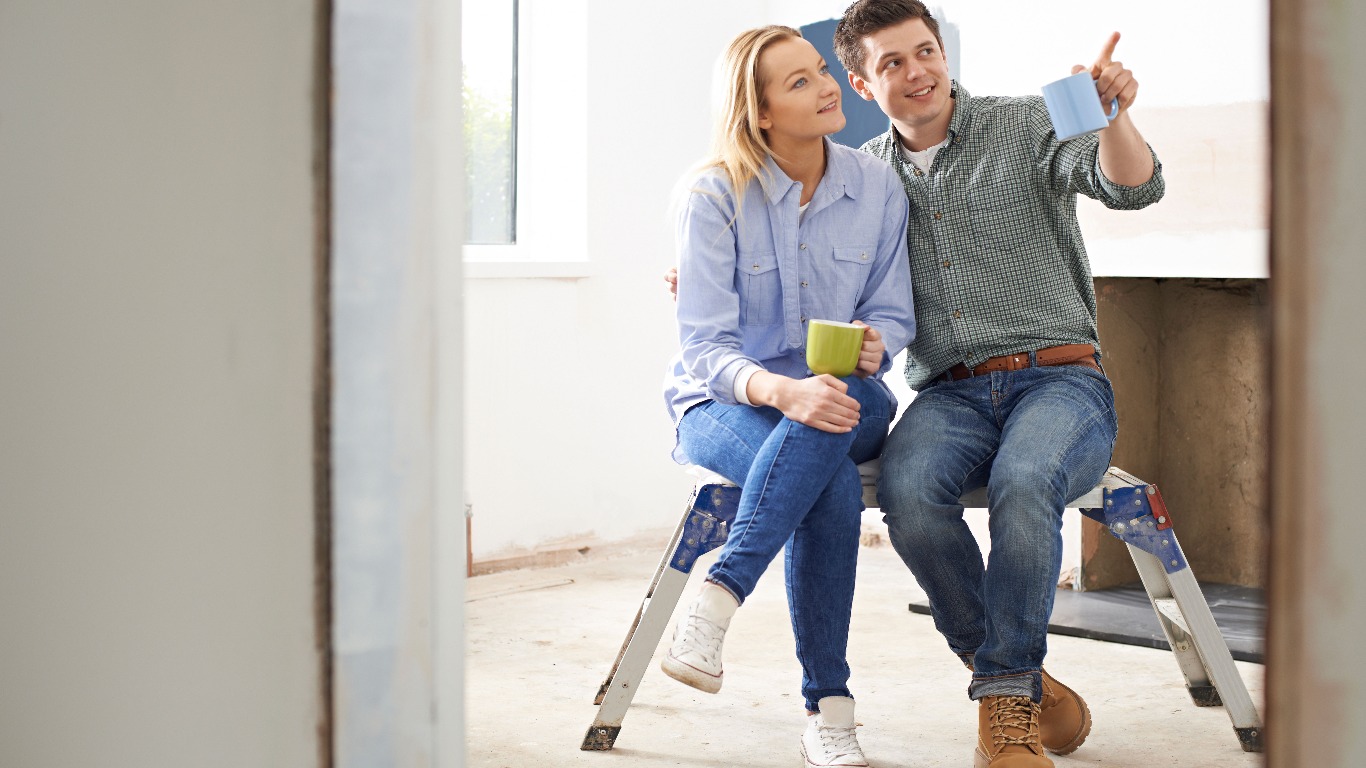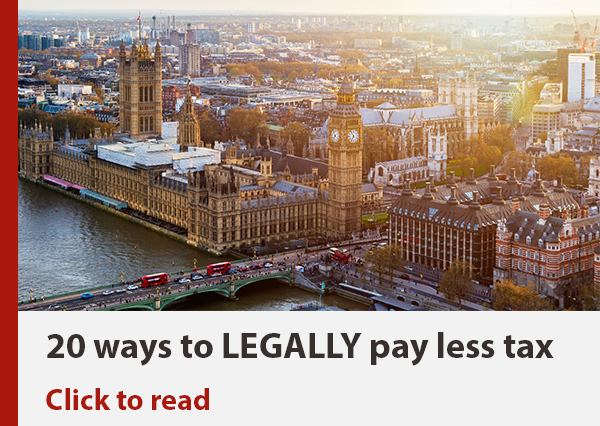Guide to house flipping: costs, tax considerations and more
Not even the pandemic has put people off flipping homes. Here’s all you need to know if you want to get involved.
Flipping becoming more profitable
Thousands of homeowners have been turning a profit by house flipping despite the chaos inflicted on the property market by Covid-19.
According to research released by estate agent Hamptons International, 19,000 properties have been flipped during the pandemic.
Interestingly, the average difference between the price paid and the resale price has been rising rapidly: in 2019 it was £29,685, but now stands at £48,190.
But how easy is it to snap up a rundown property and make a profit by fixing it up and reselling it?
Do your homework
As is the case in many other areas of life, the success or failure of any flipping venture is likely to come down to due diligence.
You’ll need to do a lot of research to work out the best areas and properties to invest in – and talking to local agents is a good place to start.
Both Rightmove and Zoopla have tools that allow you to see what other homes in the area have sold for.
In addition, you’ll also need to be able to accurately estimate how much the refurbishment of a property is going to cost so you can work out if there’s enough profit in it to be worthwhile.
“When choosing a property to fix up and sell on, make sure that you are comfortable with the size of the project and aware of the level of work that it requires.
Don’t be afraid to take tradesmen with you to the viewings to gauge this,” says Sam Mitchell, CEO at online estate agent Strike.
There are also plenty of other costs to factor in, adds Tom Scarborough, CEO of multi-agency property seller Movewise.co.uk.
“One of the challenges of flipping is the transaction cost. This tends to limit flipping to cheaper properties where Stamp Duty is lower.
“If it’s not the only property you own, you’ll have to pay higher rate Stamp Duty on the investment, which is at least 3%, and then the estate agency fee of 1.0%-1.5% on your exit.”
This perhaps explains the fact that most of the flipping that has taken place in recent years has been in Northern England, where house prices are lower than in the South.
The Hamptons research found that six of the top 10 flipping locations for 2020 were in the North East or North West, with Burnley coming out on top (see final section for more).
Financing your flip
Especially if you’re new to property development, the best way to fund a flip is using savings.
Don’t be tempted to use residential or buy-to-let mortgages to flip properties – that isn’t what they are designed for and lenders have been known to come down hard on those abusing the terms of their loans.
In any case, if the property is uninhabitable (for example, it has no kitchen or bathroom) lenders won’t grant a mortgage on it anyway.
But if you can’t swing the cost of the property and the refurbishment without borrowing, a bridging loan is likely to the best option.
Unfortunately, these don’t come cheap. “Rates and loan-to-values vary, with rates starting from around 0.65% per month, rising to around 1% per month,” says Tomer Aboody, director at property lender MT Finance.
As well as the monthly interest rate, he says you’ll also usually have to pay a fee of about 2% of the amount borrowed upfront, and you’ll need at least a 30% deposit.
On the upside, you won’t be tied in for long: “Typically, there is a minimum term of one to three months, with most lenders not charging any exit fees.”
The pitfalls
In recent years, many of those carrying out flips for the first time have been landlords who have switched strategy because the way rental property is taxed has become much less favourable.
But this leads many to overlook the tax implications of flipping, says Michael Wright, director at property accountancy firm RITA 4 Rent.
“Many landlords are unaware that letting residential property to tenants has a different tax treatment to those purchasing a property to refurbish and sell; the former is classed as property investment, and the latter is classed as property trading.
“In a nutshell, those who sell a property which has been let to tenants would face Capital Gains Tax on sale, whereas those who sell a property where the intention has been buy-refurbish-sell would face income tax and potentially National Insurance on sale.”
If you’re a higher rate taxpayer this could mean having to pay 40% tax on any profit rather than the current Capital Gains Tax rate of 28%.
Another trap first-time that developers sometimes fall into is overestimating their own skills, says Aboody.
“Skilled labour is important – there is nothing worse than trying to save and cut costs by doing it yourself.
“If you do, it is usually noticeable when you try to sell, and you could end up waiting longer to find a buyer or having to reduce the price.”
He adds that flippers sometimes focus too much on their own likes and dislikes.
“When it comes to any refurbishment or flip, you must know your target market and ensure the property appeals to this, rather than your personal taste.
“So many would-be investors get emotional about their investment purchase and forget that they’re trying to make a profit.
They spend too much on the refurb, are too unique in their choice of refurbishment and try to be too different.”
It would seem that, while plenty of flippers have done extremely well this year, there are lots of reasons why it can be tough to make a profit, so if you’re thinking about getting in on the action, make sure your numbers really stack up before you take the plunge.
In the spotlight: the UK’s flipping hotspot
Burnley has been the top location in England and Wales for flipping for a few years now.
According to Hamptons, 8.2% of all homes sold in Burnley in 2020 had been flipped, with 81% of those bought for £40,000 or less, meaning buyers didn’t have to pay any stamp duty as this is only payable on properties costing £40,000 or more.
“Burnley remains a great place to pick up a bargain, with properties currently being marketed at auction from £20,000,” says James Hogan of estate agent Yopa.
“Basically, it’s a great first-time buyer and landlord town, but these kinds of buyers often want properties in excellent condition, ready to move into.
“This means the more rundown properties here offer a fantastic opportunity for those who have the time and means to flip.”
He says there’s a wide range of prices in the town, with terraces in excellent condition ranging from £60,000-£150,000, so advises those unfamiliar with the area to speak to as many local agents as possible to get an idea of the potential resale value of any project they’re considering.
He also says it’s a good idea to get in touch with local solicitors and asset management companies to see if they have probate sales, as these properties are often prime candidates for refurbishment.
He adds: “Property auctions are also a great place to find a fixer-upper.
“They’re a quick and decisive way of disposing of property, so you’ll find that neglected properties are often sold this way.”
Comments
Be the first to comment
Do you want to comment on this article? You need to be signed in for this feature

